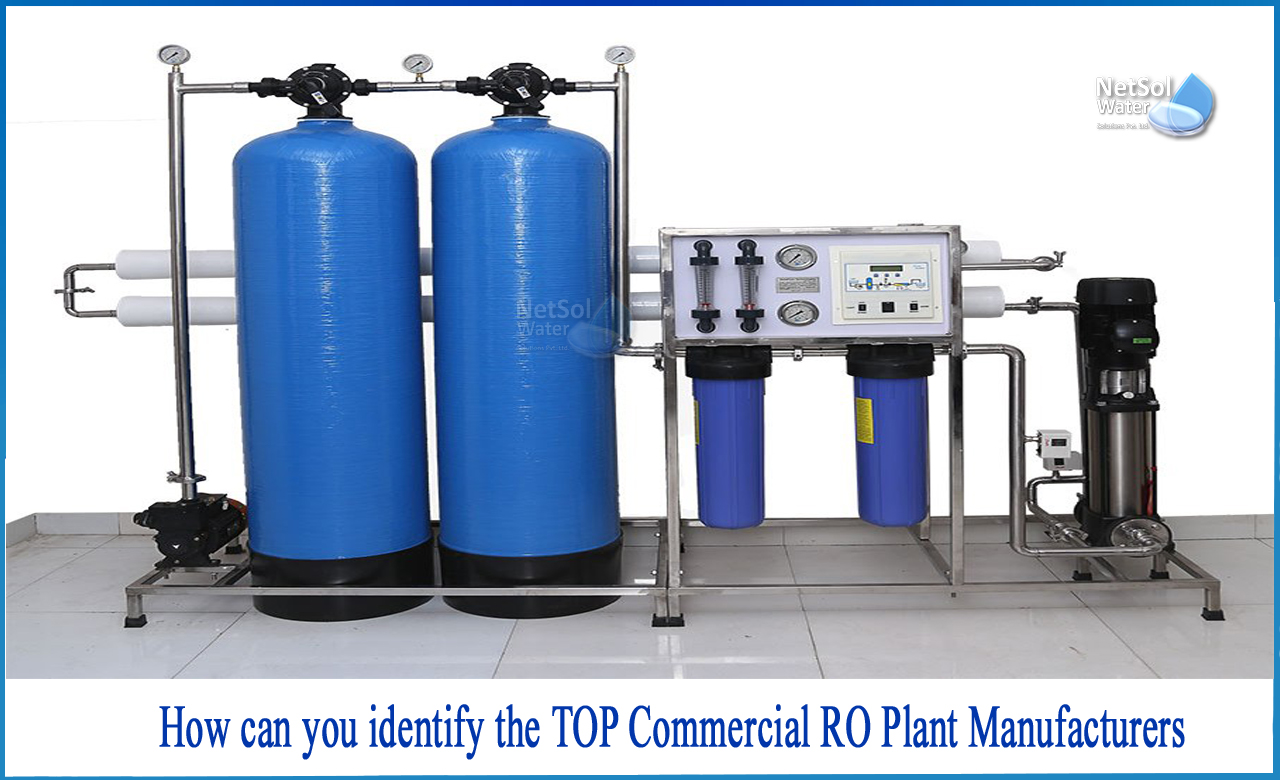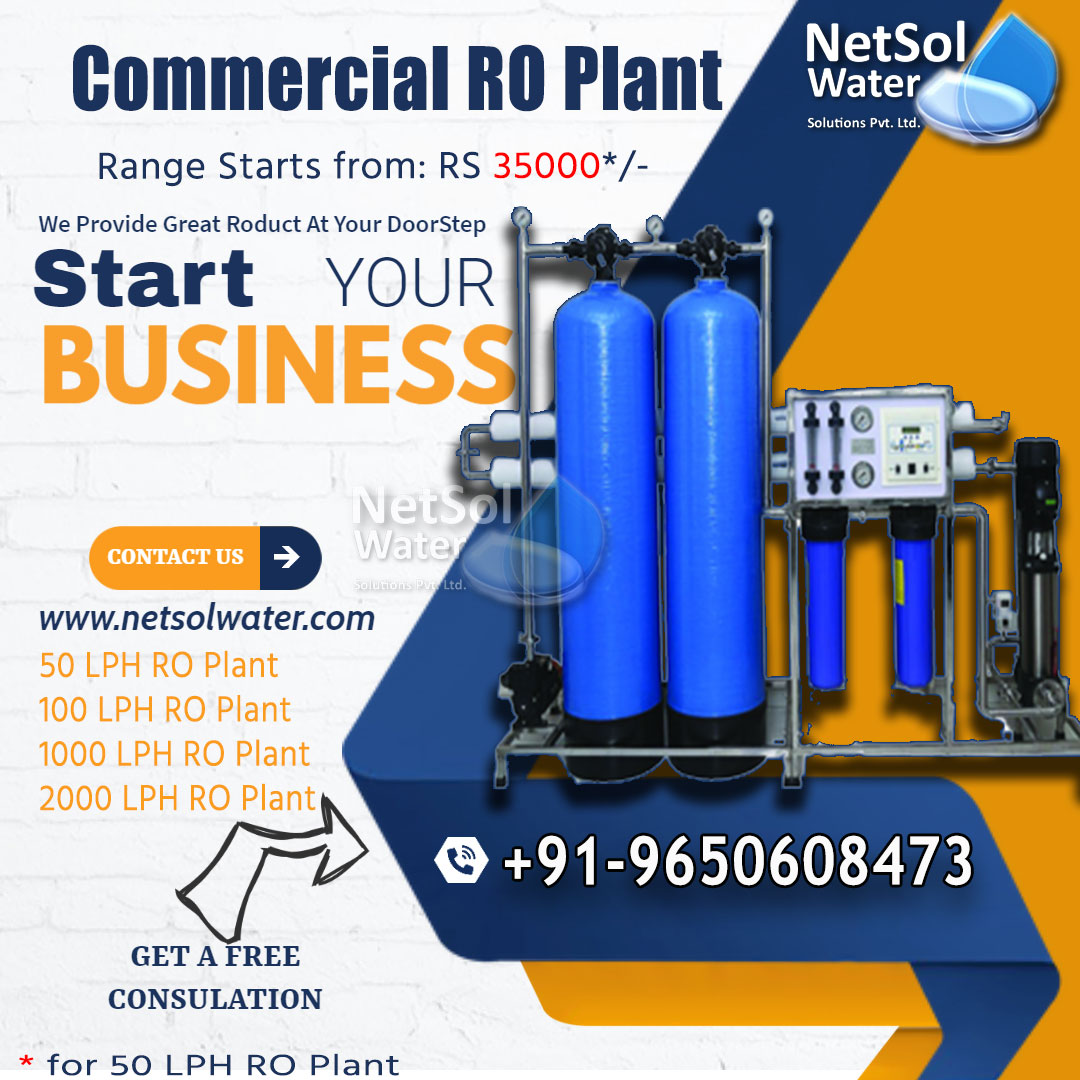How can you identify the TOP Commercial RO Plant Manufacturers?
Water Treatment plants are one of the most important commercial and industrial devices that play a crucial part in maintaining our family's health, improving business in every sector. An efficient water treatment plant can protect you from potentially fatal waterborne infections caused by swallowing tainted water at home and also helps in the maintenance of your industrial equipment’s.
What is the purpose of having a Water treatment system?
Every human being needs clean and pure drinking water, yet not everyone has access to it.
Water is scarce in many parts of India, and inhabitants in these areas must rely on groundwater or water delivered by tankers.Water quality from such sources may be poor owing to pollutants such as pesticides, heavy metals, bacteria, cysts, and excessive TDS (Total Dissolved Solids). As a result, an increasing number of individuals are relying on water treatment plants to cleanse their drinking water.
If you are seeking for one of the best Water Treatment Plant for your needs, Netsol Water is a one stop shop for everything you need.
Commercial RO plants
Water treatment systems are mostly required in restaurants, hospitals, schools, malls, hotels to supply clean drinking water in huge amount.
Industrial RO plants
Industrial RO Plant is one among the simplest water purification systems which is especially used to purify the impure water at an outsized scale. This water purification system is especially supported by the varied water purification methods like RO, UV, and UF technology.
Factors to consider while getting RO plants
A: Where do you get your water from?
In India, particularly in metropolises, water enters our homes from three basic sources:
• Municipal Water
This is water that comes into our houses from lakes, rivers, or other municipal sources. TDS levels in this water range from 1-200 ppm.
• Subsurface Water
TDS will range from 200 to 2000 ppm if the water source is a tube well or bore well.
• Several Sources
If the water in your neighbourhood is provided by numerous sources, such as municipal, tube well, or tanker, your TDS level will change from day to day.
B: How should you select the best RO Plant?
Before deciding on the sort of ROplant you require, you should first determine the source and quality (hardness, salinity, and TDS) of the water delivered to your location. You must know the answers to these questions in order to do so.
Q1: What is TDS in Water, and how much is acceptable for Drinking?
Total Dissolved Solids (TDS) is a term used to describe the inorganic salts and trace quantities of organic stuff found in water. It is primarily composed of calcium, magnesium, sodium, and potassium cations, as well as carbonate, hydrogen carbonate, chloride, sulfate, and nitrate anions.It is often measured in milligrams per litre (mg/L) or parts per million (ppm). You may get your water analysed at a lab or use a TDS meter, which can be purchased locally or online.
Generally, if the TDS of the water is less than 200 ppm, it is deemed safe to consume. You should still get it purified to remove hazardous germs and viruses. Groundwater often contains TDS levels ranging from 200 ppm to 3,000 ppm, necessitating the use of a RO Waterplant to purify.
Q2: What is the best type of water plant for me based on TDS?
After you've determined the TDS, choose the water plant that is most suited to your water type.
|
TDS |
Types of water plantneeded |
|
50 - 200 ppm
|
UF, UV, UF + UV
|
|
200 - 500 ppm
|
RO, RO + UV
|
|
Above 1000 ppm
|
RO, RO + UV
|
What can we offer?
Netsol Water, is a well-known water and wastewater management company in India. We offer a variety of water and wastewater treatment services throughout India, utilizing the most up-to-date equipment and advanced technologies.
We provide innovative wastewater treatment services, sewage treatment plant design, effluent recycling treatment, and a variety of other services. Our water and wastewater treatment systems are highly effective at removing a wide range of chemical, physical pollutants, and biological contaminants.




